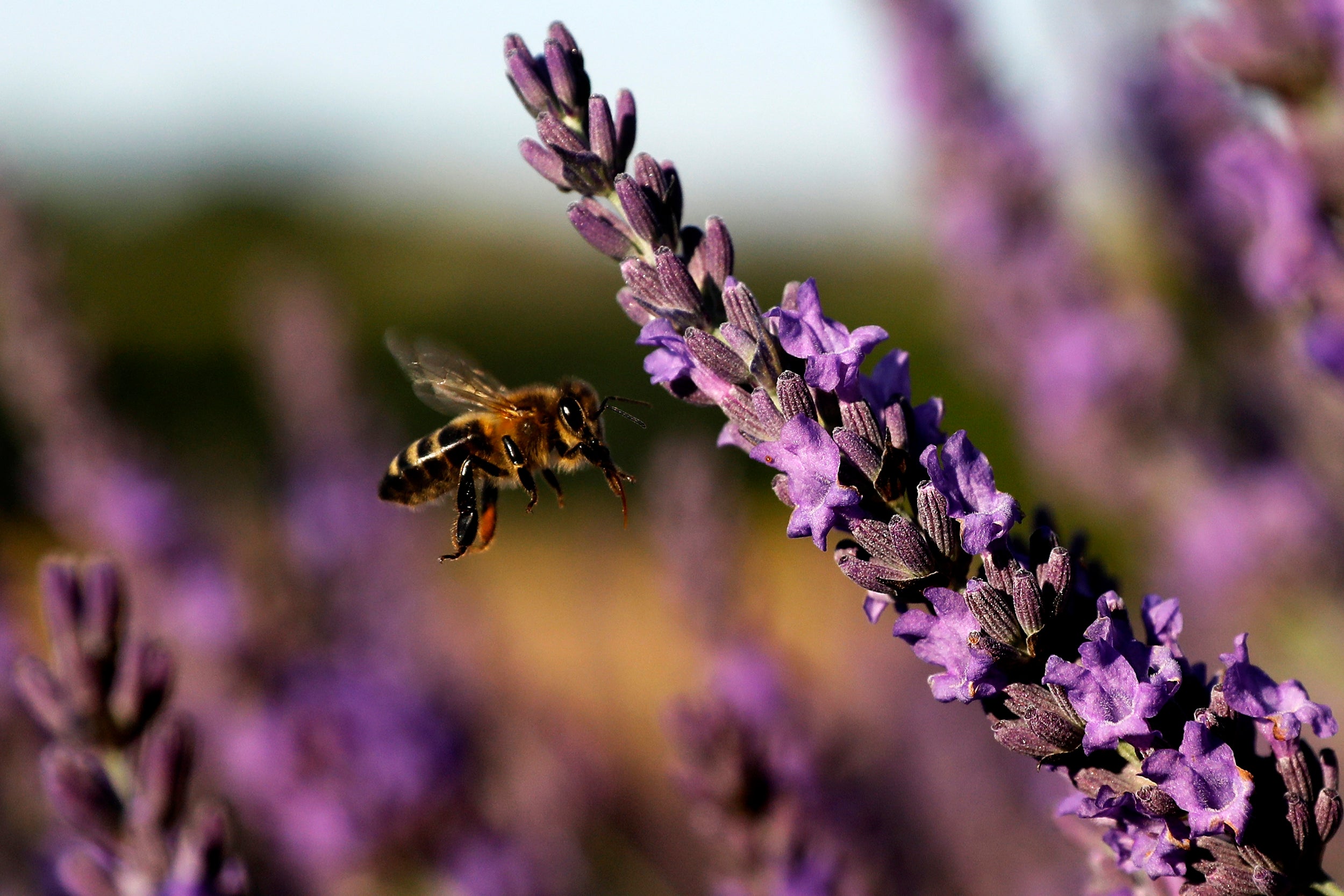The bees that are transported to France’s Provence region every year
Each summer, a few lucky insects journey to pollen paradise in the lavender fields of Valensole, France

Your support helps us to tell the story
From reproductive rights to climate change to Big Tech, The Independent is on the ground when the story is developing. Whether it's investigating the financials of Elon Musk's pro-Trump PAC or producing our latest documentary, 'The A Word', which shines a light on the American women fighting for reproductive rights, we know how important it is to parse out the facts from the messaging.
At such a critical moment in US history, we need reporters on the ground. Your donation allows us to keep sending journalists to speak to both sides of the story.
The Independent is trusted by Americans across the entire political spectrum. And unlike many other quality news outlets, we choose not to lock Americans out of our reporting and analysis with paywalls. We believe quality journalism should be available to everyone, paid for by those who can afford it.
Your support makes all the difference.Every year in Provence, the start of summer is marked by the flowering of lavender fields, much to the delight of tourists but especially for bees coming from far and wide to forage this sacred flower.
Beekeeper Jerome Payen, based in the Alpes-Maritimes for 19 years, practices the transhumance of bees, which consists of transporting beehives to the Valensole plateau, renowned for its lavender fields stretching as far as the eye can see.
From his 150 beehives, Jerome selects the lucky few that will make the long journey to pollen paradise. Equipped with a smoker filled with dry herbs, Jerome sedates the bees so that he can open each hive without disturbing them, and then chooses the hives in which the bees are the most numerous and strongest – this year, 30 have been selected.



Two days later, at nightfall, when the bees have all returned to their hives, the transhumance begins. Illuminated only by a red lightbulb – red being a colour bees cannot see – Jerome loads the hives onto his truck in the cover of darkness. Now begins a race against time to unload the hives 150km away near the village of Puimoisson located on the plateau of Valensole before sunrise.



The first rays of sunshine herald the start of a busy day for the bees buzzing between the hives and the lavender flowers.
For Jerome, it is mission accomplished. He can now hit the road and return at the end of the summer to harvest lavender honey labelled Flowers of Provence.


EPA
Join our commenting forum
Join thought-provoking conversations, follow other Independent readers and see their replies
Comments